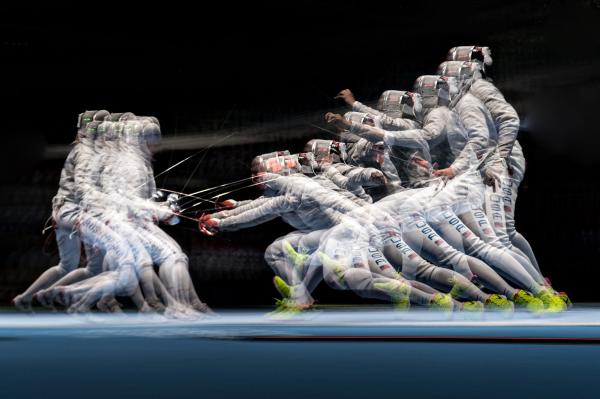
Feb. 15 (UPI) — New research suggests when it comes to the physical movements of daily life, the human brain is always weighing its options and prepping for plan B.
Think of the mini moments of hesitation that populate the day: Whether or not to cross the sidewalk or when to change lanes. During these seconds of indecision, the human brain is preparing the movements necessary for each potential action.
Even before you choose whether to buy the gallon or the quart of milk at the store, your brain has prepped the neuronal sequence necessary to execute each action.
Scientists have long debated whether action sequences in the brain come before or after the brain makes a decision about an actionable target. Disentangling these neuronal signals in the brain have proven difficult, however.
Researchers in Canada found a way to test how the brain readies for action.
Scientists had study participants move a cursor on a computer screen, controlled by a mouse, toward one of two targets. Participants’ vision was limited to the computer screen; they couldn’t see their hand. The participants were asked to begin their motion before they were told which of the two locations was the proper target.
The participants plotted a line down the middle, in between the two largest, until they were told which target to aim for. But after each iteration, researchers had the cursor shift slightly in discordance with the participants’ hand and mouse. Subconsciously, participants compensated for the subtle shifts.
When researchers analyzed the movements of the participants hand and cursor, they found the participants split the difference between the two most efficient paths to the two largest, not toward the average distance between to the two targets.
“The faithful relationship between the two really surprised us,” Jason Gallivan, a neuroscientist at Queen’s University in Ontario, said in a news release. “The spatial averaging behavior is not strategic or deliberate, and it’s not linked to target locations.”
The findings, detailed in the journal Cell Reports, supports the theory that the brain interprets reality as a series of potential actions and is always primed for plan B.





